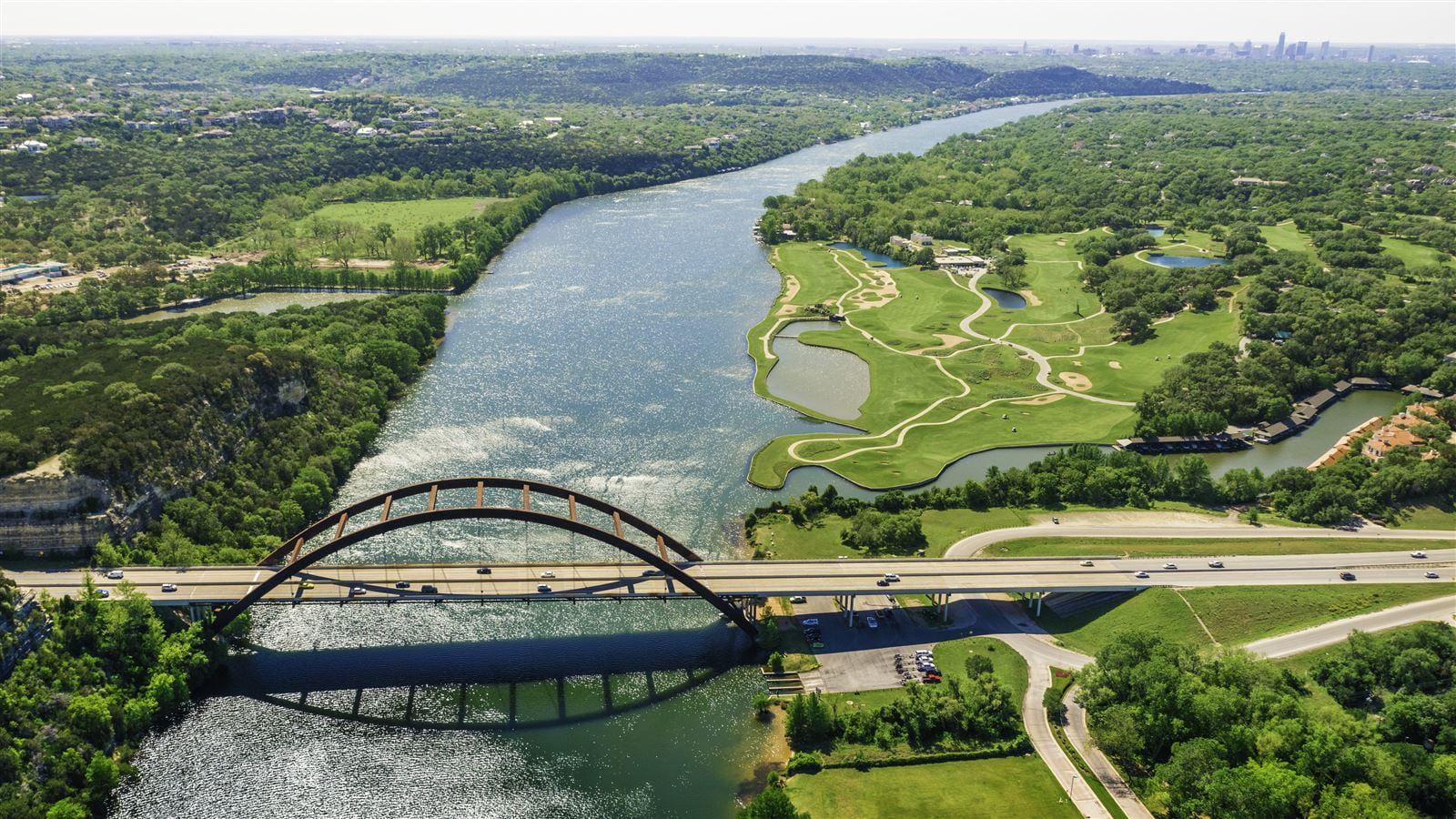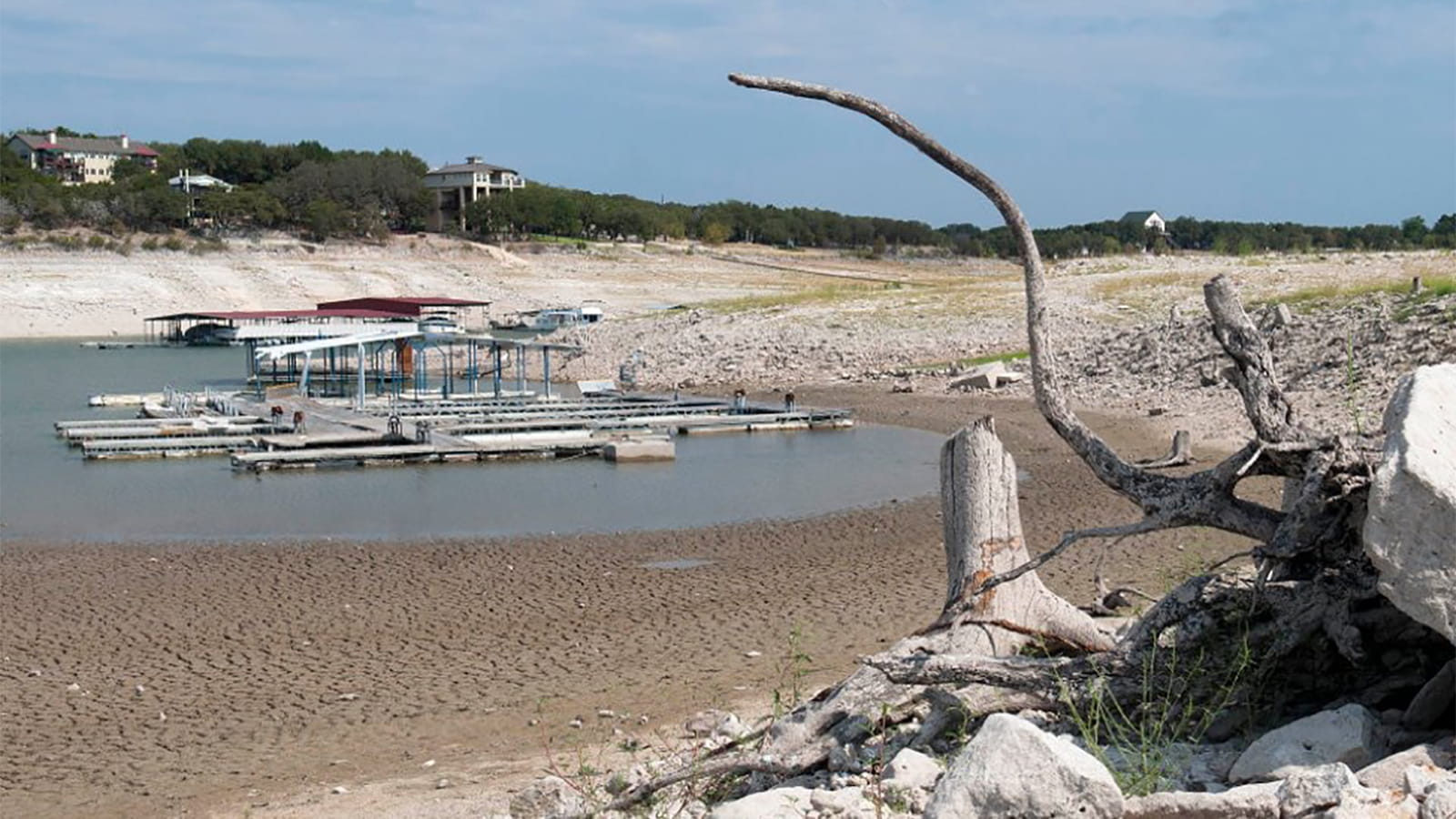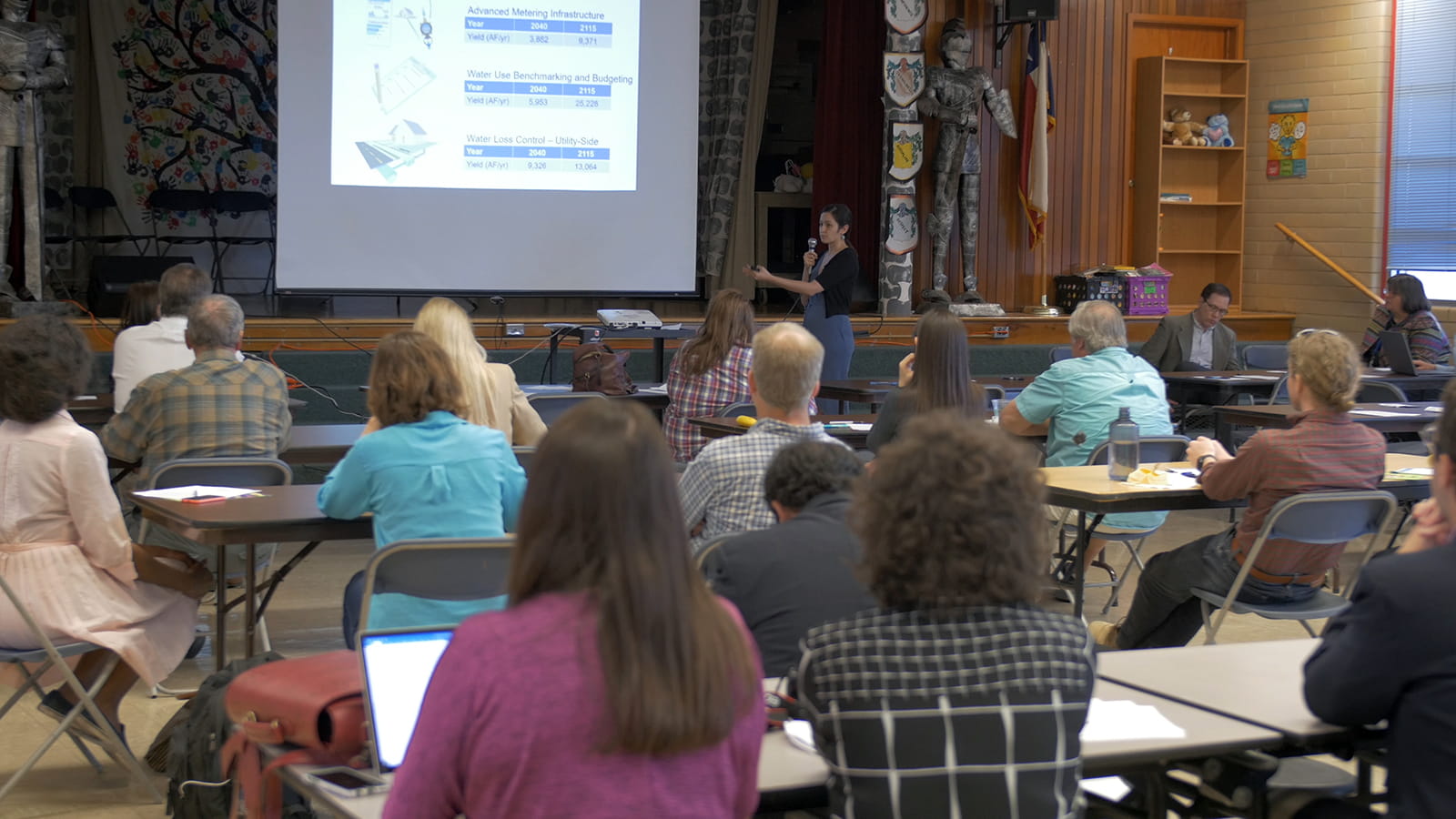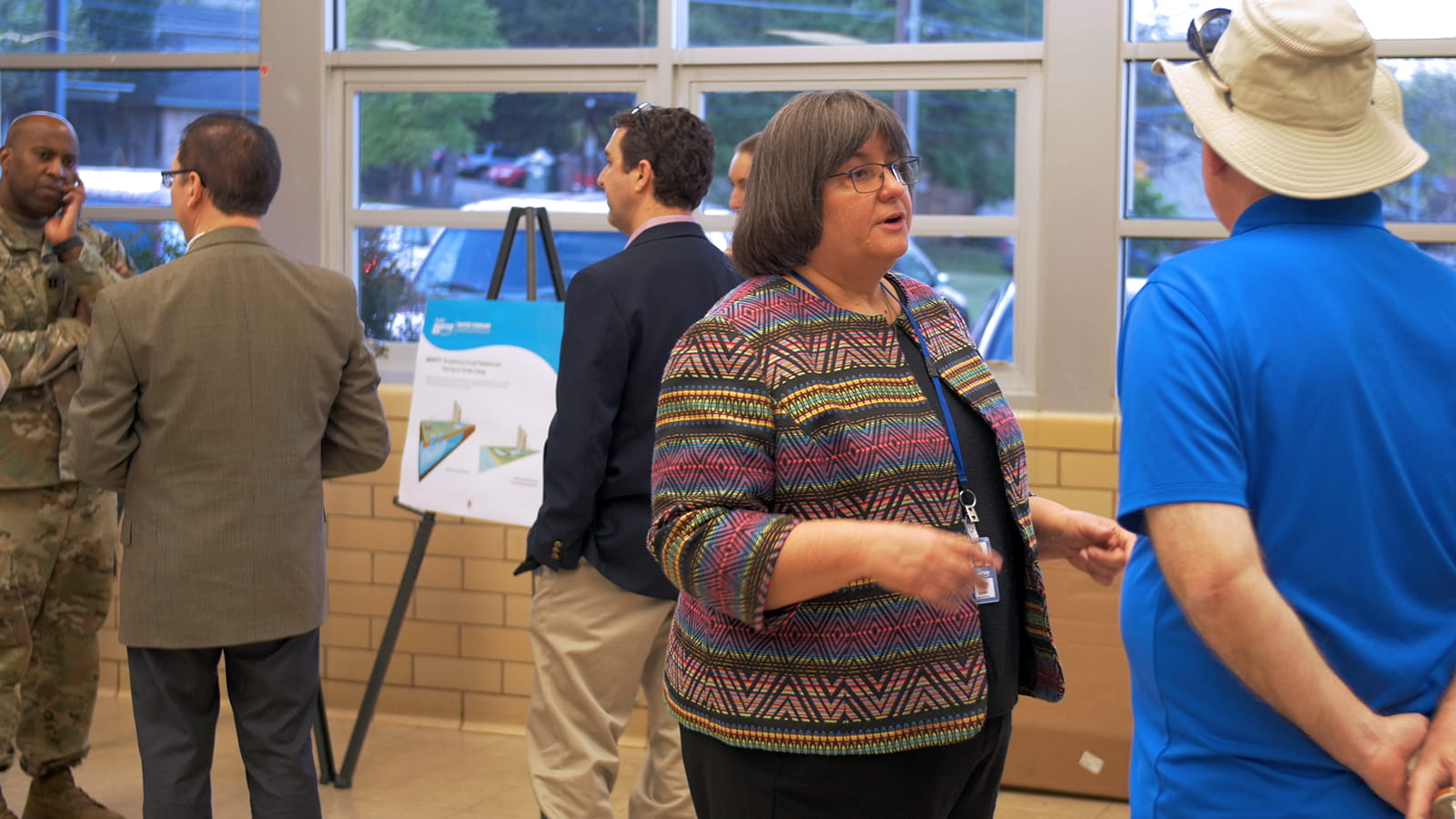Future-Proofing Austin's Resources with a 100-Year Integrated Water Plan
To establish a path forward, Austin Water partnered with CDM Smith to proactively plan for its future with an Integrated Water Resource Plan (IWRP) that supports the utility's enduring commitment to a diversified, sustainable and resilient water future.
A True “One Water” Approach
To compare the trade-offs among water supply alternatives and search for the best combination of strategies to meet the IWRP’s multiple objectives, the project team used a series of models and decision-support tools to arrive at a preferred long-term strategy.
The process began with a “blue-sky” list of options: 21 water supply options and 25 demand-side options for initial screening. These 47 options were then narrowed down to a total of 25 supply and demand-side options (13 supply-side and 12 demand-side) that were then carried forward for further characterization. This robust screening process compared high-level unit costs and their associated implementation risks, which resulted in a thorough evaluation of portfolios against multiple objectives, as opposed to one that assessed merely supply reliability and cost.
“This groundbreaking plan identifies strategies to diversify Austin’s water supplies by expanding conservation and water reuse, developing alternative water supplies, protecting the environment, and increasing resiliency during droughts and climate change,” said Greg Meszaros, Director of Austin Water. “We have set an overall strategic direction that will help us continue to be an industry leader and improve our operations and resiliency.”
Ultimately, the city is expected to dramatically increase the amount of non-drinking water supply that will meet non-drinking water demand by 2115.
Together, we have created a transformational plan that balances water conservation, water reuse, stormwater capture and alternative water supplies
Triple Bottom-Line Integration
In the future, the Colorado River system will likely experience climate change impacts, additional droughts and future uncertainties. To combat this, the plan’s recommendations focused on 3 key focus areas: economic, environmental and social benefits.
- Economic: Working closely with CDM Smith’s partner sub-consultant GHD, the team examined Austin Water’s water demand forecast by breaking down demands by sectors and end-users to more accurately identify where alternative water supply harvesting options could be developed. The team then estimated quantities of water saved and costs for such measures.
- Environmental: Climate scientists project that in the future, Austin will see longer and deeper periods of drought punctuated by heavy rain events. Explicit consideration was taken to incorporate climate change scenarios into water demand forecasting and supply modeling. By using advanced geospatial computer system models, the team was able to evaluate multiple climate change scenarios from the present day to 10,000 years from now.
- Social: Austin’s IWRP used an open and participatory design-making process to establish dialogue with key stakeholders (community and religious groups, policy makers, neighborhood associations, elected officials and environmental organizations). With the dynamic outreach process, the team was able to engage in a wide-reaching public support effort that included public workshops, targeted stakeholder meetings, and over 80 other community events throughout the city. A mayor-appointed Citizen Task Force also provided support and input on demand-side and supply-side options and helped to develop an overall strategy with input from regional partners and stakeholders.
As a result, the city’s historic, civic, social equity and cultural values are reflected in the Austin IWRP—namely continuing a reliance on local water supply, minimizing environmental impacts from water supply choices, approaching every choice mindful of the 3 key areas, and fully exploring water conservation as a tool to delay or avoid the need for new water supplies.
We have set a strategic direction that will help us continue to be an industry leader and improve our operations and resiliency.

My inspiration comes from working collaboratively with clients and stakeholders to solve complex problems and build long-lasting advocacy.










